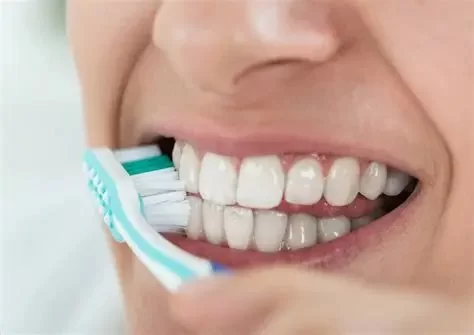
Understanding Oral Hygiene and Its Importance
Oral hygiene is the practice of maintaining clean teeth, gums, and mouth to prevent dental issues like cavities, gum disease, and bad breath. It involves a combination of daily practices that help maintain your overall oral health. Proper oral hygiene is essential not only for a beautiful smile but also for your overall health. Poor oral hygiene can lead to serious health problems, including heart disease and diabetes. In the U.S., oral hygiene awareness is increasing, but many people still overlook the importance of simple yet effective dental habits.
The Basics of Effective Oral Hygiene Measures
At its core, oral hygiene involves several fundamental steps, including brushing, flossing, and regular dental visits. These practices help remove food particles, plaque, and bacteria that can cause decay, cavities, and gum disease. Let’s dive deeper into each measure that plays a critical role in your oral hygiene routine.
1. Brushing Your Teeth: The First Step to Oral Health
Brushing your teeth is the foundation of good oral hygiene. This simple step helps remove plaque, which is a sticky film of bacteria that forms on your teeth. Plaque can lead to cavities and gum disease if left untreated. The American Dental Association (ADA) recommends brushing your teeth at least twice a day—once in the morning and once before bed—with fluoride toothpaste.
Choosing the right toothbrush is crucial for effective cleaning. A soft-bristled brush is best to avoid damaging your gums and enamel. For best results, use a toothbrush with a small head, as it can reach all parts of your mouth, including the back teeth. Make sure to brush for at least two minutes, making sure to cover every surface of each tooth—front, back, and chewing surfaces.
2. Flossing: The Key to Gum Health
While brushing removes plaque from the surface of your teeth, flossing is necessary to clean between your teeth and along the gum line. Flossing at least once a day helps prevent plaque buildup and reduces the risk of gum disease, a condition that affects millions of Americans each year.
Proper flossing technique is essential for maximum effectiveness. Gently slide the floss between your teeth, making sure to curve it around each tooth and under the gum line. Avoid snapping the floss, as it can damage your gums. You may also consider using floss picks or an interdental brush if traditional flossing feels difficult.
3. Mouthwash: An Extra Step for Fresh Breath
While mouthwash isn’t a replacement for brushing and flossing, it can be a valuable addition to your oral hygiene routine. Mouthwash helps reduce bacteria, freshens breath, and can aid in preventing gum disease. Some mouthwashes even contain fluoride, which can help strengthen tooth enamel.
When choosing a mouthwash, look for one that is alcohol-free and has the ADA Seal of Acceptance. Be sure to follow the directions on the bottle, as some mouthwashes require you to swish for a specific amount of time to be effective.
The Role of Diet in Oral Hygiene
Your diet plays a significant role in maintaining oral health. Foods that are rich in calcium and vitamin D, such as dairy products, leafy greens, and fortified cereals, help strengthen your teeth and bones. Additionally, crunchy vegetables like carrots and apples can help naturally clean your teeth as you chew, acting like a built-in toothbrush.
Avoid sugary snacks and drinks, as they can feed the harmful bacteria in your mouth, leading to plaque buildup and cavities. If you do consume sugar, try to brush your teeth afterward or rinse your mouth with water to minimize its effects on your oral health.
Regular Dental Visits: Why They Matter
No oral hygiene routine is complete without regular dental checkups. The ADA recommends visiting your dentist at least once a year for a professional cleaning and examination. During these visits, your dentist can detect early signs of oral health issues such as cavities, gum disease, and oral cancer.
Professional cleanings remove plaque and tartar buildup that brushing and flossing can’t. Your dentist will also offer personalized advice on improving your oral hygiene routine, based on your specific needs. If you have braces or other dental work, your dentist may recommend more frequent visits to ensure everything is progressing as it should.
4. The Impact of Smoking on Oral Hygiene
Smoking is not only harmful to your lungs but also to your oral health. Smokers are at a higher risk for gum disease, tooth decay, and oral cancer. Tobacco use also leads to bad breath and stains teeth, affecting the aesthetics of your smile.
If you smoke, it’s essential to discuss it with your dentist. They can provide resources to help you quit and prevent further damage to your oral health. Quitting smoking not only benefits your teeth but also improves your overall well-being.
Common Oral Health Issues Due to Poor Hygiene
When oral hygiene is neglected, a variety of dental issues can arise. Let’s explore some of the most common problems caused by poor oral hygiene:
1. Tooth Decay
Tooth decay occurs when bacteria in the mouth produce acids that erode tooth enamel. If left untreated, this can lead to cavities. Cavities can be painful and require fillings or other restorative treatments.
2. Gum Disease
Gum disease, also known as periodontal disease, is caused by the buildup of plaque and tartar along the gum line. Early-stage gum disease, called gingivitis, causes redness, swelling, and bleeding gums. If left untreated, it can progress to periodontitis, which can lead to tooth loss.
3. Bad Breath
Bad breath, or halitosis, is often caused by poor oral hygiene. The bacteria that accumulate on your teeth and tongue produce sulfur compounds, which can lead to unpleasant odors. Regular brushing, flossing, and using mouthwash can help keep your breath fresh.
Tips for Maintaining Excellent Oral Hygiene
Maintaining excellent oral hygiene doesn’t have to be difficult. Here are some simple tips to keep your teeth and gums healthy:
- Brush at least twice a day with fluoride toothpaste.
- Floss daily to remove food particles and plaque between your teeth.
- Use mouthwash to kill bacteria and freshen your breath.
- Eat a balanced diet rich in calcium and vitamin D.
- Limit sugary snacks and drinks.
- Visit your dentist regularly for checkups and professional cleanings.
For personalized advice and the best dental care products, visit Family Dentistry Online for expert recommendations on products that promote oral health.



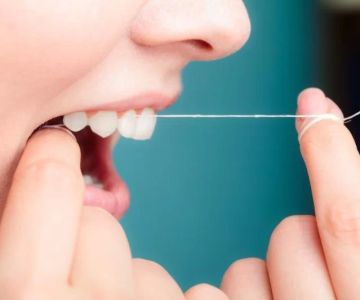
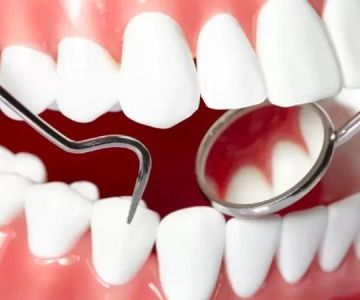

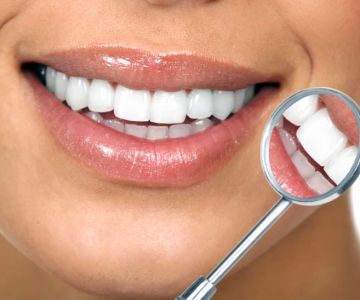
 Dr. Michael Silverman Dental P.C.4.0 (23 review)
Dr. Michael Silverman Dental P.C.4.0 (23 review) Reese Orthodontics: Karen Reese, DDS, MS4.0 (7 review)
Reese Orthodontics: Karen Reese, DDS, MS4.0 (7 review) SV Dental5.0 (319 review)
SV Dental5.0 (319 review) Parkland Family Dentistry: Dr. Bradley Norman5.0 (3 review)
Parkland Family Dentistry: Dr. Bradley Norman5.0 (3 review) New Image Dental Ltd Dr. Brian J. Fitz5.0 (48 review)
New Image Dental Ltd Dr. Brian J. Fitz5.0 (48 review) All Star Dental Clinic4.0 (322 review)
All Star Dental Clinic4.0 (322 review) The Importance of Oral Health Education During Pregnancy for a Healthy Pregnancy
The Importance of Oral Health Education During Pregnancy for a Healthy Pregnancy Best Tips for Brushing Your Teeth Properly for Healthy Gums: Essential Techniques for Oral Health
Best Tips for Brushing Your Teeth Properly for Healthy Gums: Essential Techniques for Oral Health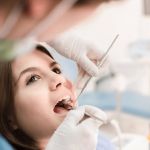 Why Skipping Dental Checkups Can Lead to Bigger Oral Health Problems
Why Skipping Dental Checkups Can Lead to Bigger Oral Health Problems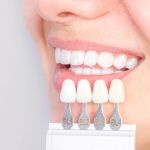 Advantages of Porcelain Dental Restorations
Advantages of Porcelain Dental Restorations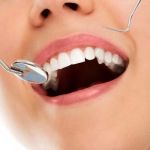 How Can Diabetes Cause Tooth and Gum Problems? Preventing and Managing Oral Health Issues
How Can Diabetes Cause Tooth and Gum Problems? Preventing and Managing Oral Health Issues Healthy Habits for Promoting Good Oral Health and Hygiene: Tips for a Healthy Smile
Healthy Habits for Promoting Good Oral Health and Hygiene: Tips for a Healthy Smile